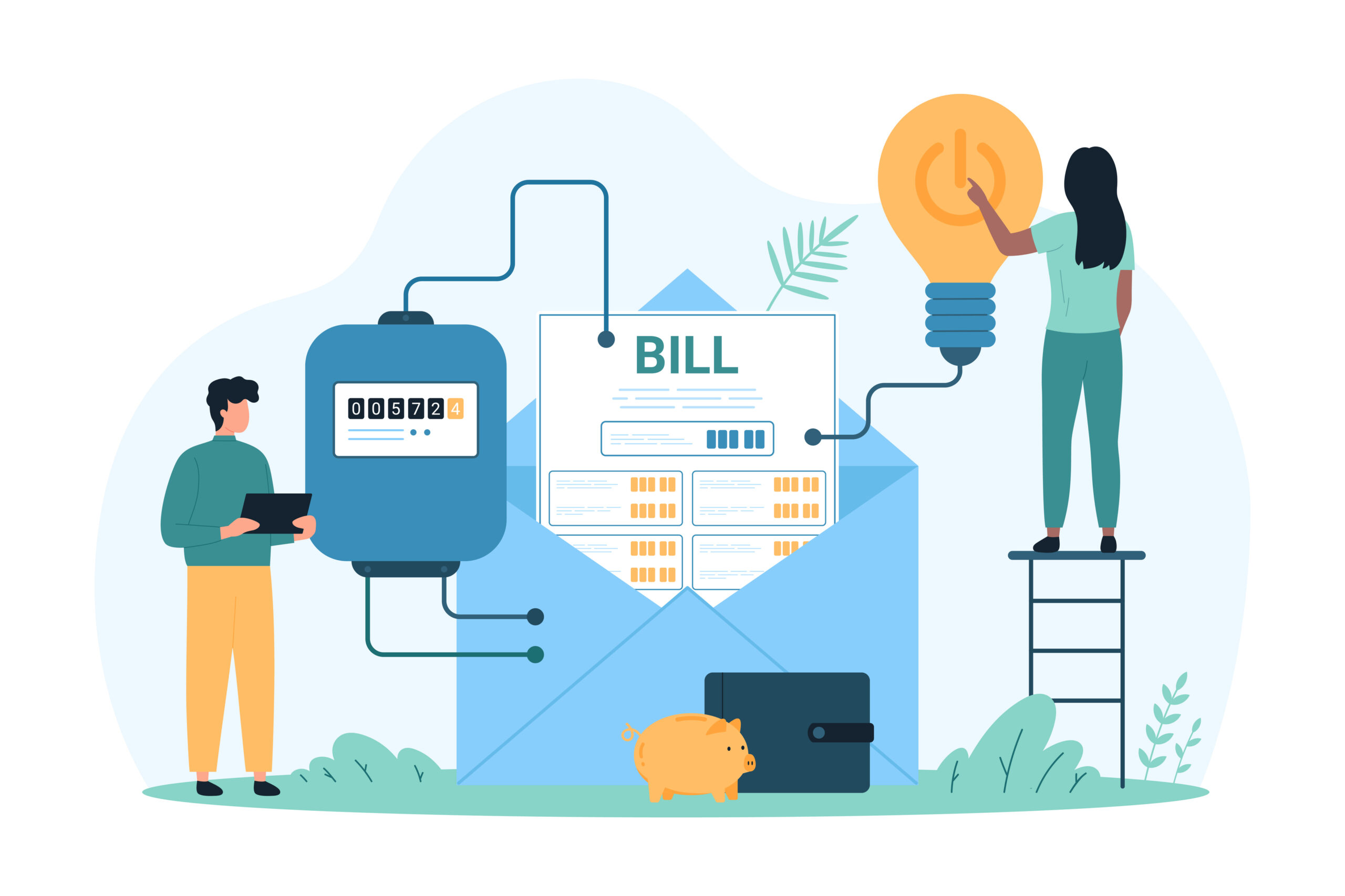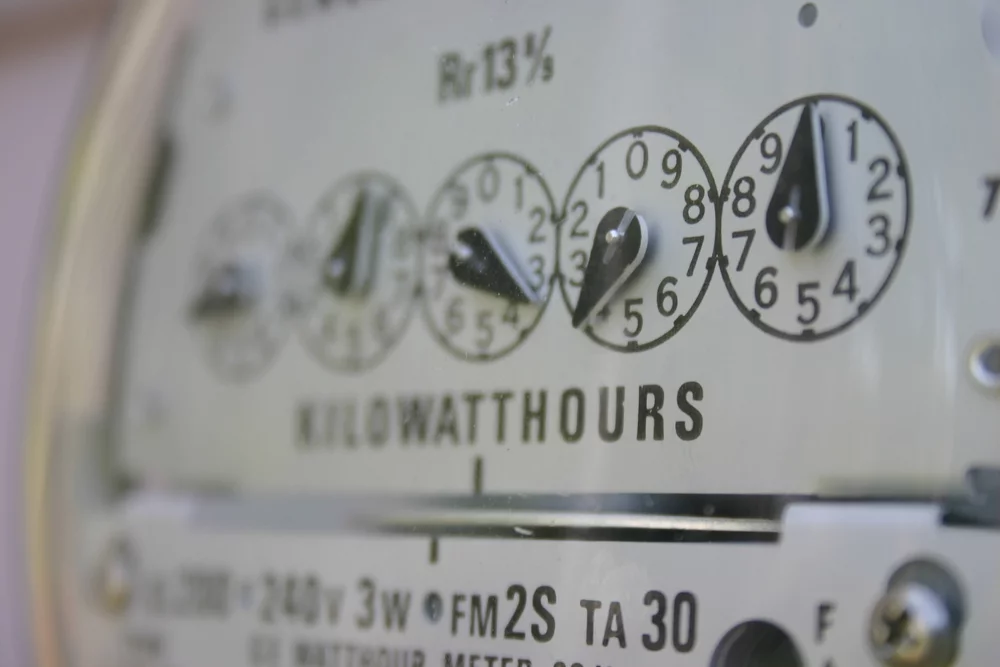Global investments in renewable energy have steadily risen over the last decade from $1.07b invested in 2015 to 1.74b invested in 2023, a 62.62% increase. These investments are driven in part by environmental, social, and corporate governance (ESG) ratings, legislation like the Inflation Reduction Act or Bipartisan Infrastructure Bill, and continued public support to divest from harmful fossil fuels globally. These investments resulted in renewable energy sources accounting for more than 30% of global power generation. Every year, investors are increasingly willing to put their money where their mouth is, an indicator that not only is there a public interest and need for a diversified energy portfolio but that renewable energy is necessary to continue to meet rising demand.
Types of Renewable Energy
The renewable energy landscape is vast, ranging from comparatively common clean energy sources like solar, wind, hydro-electric, and geothermal to distributed energy resources (DERs) that include many of the aforementioned devices, alongside battery storage, electric vehicles & EVSE, and smart home devices like thermostats and water heaters. While behind-the-meter devices may not represent a direct large-scale investment to a utility, public investment into these DER resources underscores a load-shifting opportunity for utilities controllable through a distributed energy resource management system (DERMS) that can aggregate and direct these otherwise disparate devices.
As such, utilities often employ either a Grid DERMS or Grid-Edge DERMS to control the very renewable energy assets that investors are increasingly buying into. For context, a Grid DERMS controls utility-owned energy assets, while Grid-Edge DERMS manages behind-the-meter energy assets to shift and/or conserve demand to meet energy needs. These renewable energy assets are exactly what utilities need during the energy transition to meet demand. According to the DOE’s Pathway to: Virtual Power Plants Commercial Liftoff report, between 80-160 GW of virtual power plant capacity is needed by 2030 to keep pace with U.S. energy needs. For now, the U.S. only achieves between 30-60 GW of virtual power plant capacity, primarily from demand response programs. As such, these renewable energy investments demonstrate the breadth of load flexibility opportunities available to grid operators.
Let’s look at how utilities can benefit from these increased investments in renewable energy technologies right now.
Energy Storage
Storage systems can absorb the excess capacity to balance the grid and return it when later needed. Because of the intermittent nature of wind and solar power, renewable energy investments in storage systems are essential to ensure a smooth transition to a renewable grid. This necessity has driven venture capital funding for energy storage to a record $9.8b in 2023.
Utilities can capitalize on the increased battery storage systems available on the grid through programs like Green Mountain Power’s (GMP) Bring Your Own Battery (BYOB) program, or through Topline Demand Control, the realization of forecasting software, AI, and model predictive control that, with the right DERMS, can optimize battery storage devices to yield a reliable outcome. For behind-the-meter renewable energies, Topline Demand Control takes the guesswork out of demand flexibility, providing utilities with exactly the demand they request.
EV Infrastructure
Renewable energy investments in EV Infrastructure including Biden Administration mandates that increase the amount of electric vehicles manufactured, are bringing more and more EVs onto the grid, but are utilities equipped to handle this electric load growth? According to a study published in the IEEE Electrification Magazine, utilities have three options to effectively face this challenge:
- Pay for expensive infrastructure upgrades to increase the capacity of feeders
- Deploy local storage at impacted feeders
- Shift EV charging load to off-peak times
While the first two options are costly and demand higher rates from customers, the third option is easily accomplishable through EV managed charging. According to the National Resources Defense Council, if just 30% of EV charging shifted to off-peak times, then only 15% of the feeders in the San Francisco Bay area would need to be upgraded (reducing the number of affected feeders by a factor of four). This would result in savings for both the customer and the utility all while improving grid reliability.
Behind-the-Meter Renewable Energy Management
Smart home technologies are playing a huge role in customer energy management, and the market is on the rise. According to a report from Transparency Market Research, the global smart thermostat market is estimated to reach a value of $8.7 Billion by 2026 from $1.2 Billion in 2017, expanding at a CAGR of 23.7% during the forecast period. Last year, Amazon and other investors contributed a combined $155 million to two Alexa-enabled smart thermostat startups, ecobee, and Tado.
Smart home technologies like smart thermostats not only allow customers to save on their energy bills but also provide valuable data to utilities. As many are already doing, utilities can see when peak usage occurs and incentivize customers to shift hours of usage so that energy consumption will be more evenly distributed and grid stability will be enforced. Customer energy management software can help automate this process by controlling systems based on price signals as well as other specialized advanced control frameworks such as real-time price arbitrage, Time-of-use (TOU) optimization, or load-following on renewable energy production.
Renewable Energy Investments Conclusion
Between the twin pressures of tech disruption and global decarbonization efforts, the time for renewable energy investments is here. The entire trend of customer energy management solutions is built around the rising efficacy of the average utility customer. As customers increase their understanding of where their energy comes from and how it is used, utilities must find solutions to engage customers more effectively.
This article was originally published on July 10, 2019, with updates made on July 26, 2024.






